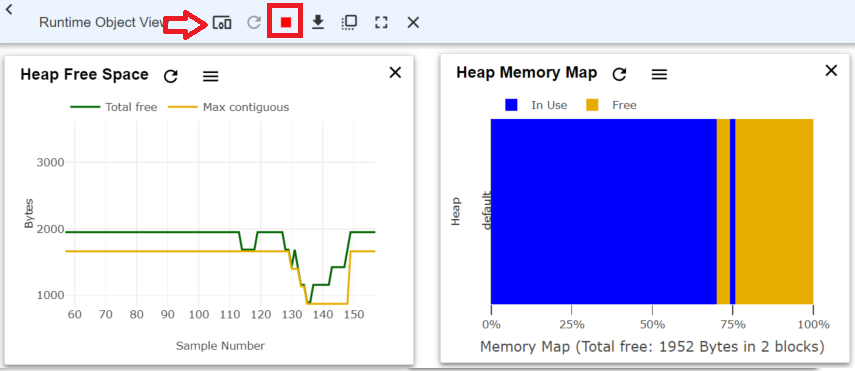Other Parts Discussed in Thread: UNIFLASH,
Tool/software:
Hi,
we have 1 sensor and 1 collector. reporting = 6000ms and polling is 6000ms.
Sensor reporting works fine (except from time to time it gets disconnected). But when calling a poll, we have an issue. The sensor gets a security error and gets kicked out of the network. We have tested different poll and report intervals and we always get a different behavior, for example with poll = 2000 and report = 3000, the sensor is never kicked out, but it always skips first report and the collectore only receives the second one (after 6 seconds instead of 3 seconds).
What are we doing wrong, are there some settings / rules that we should follow? Thank you.


